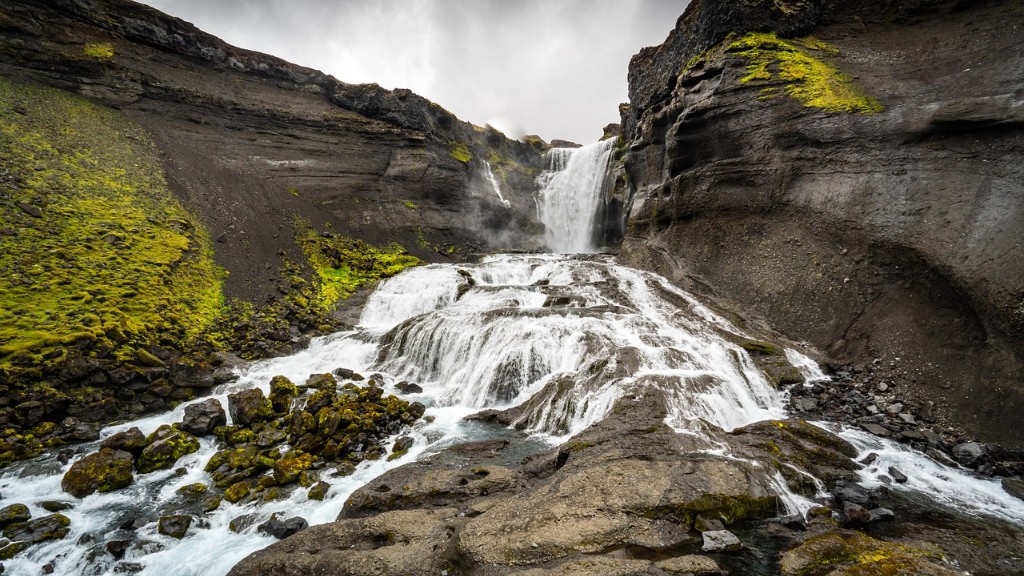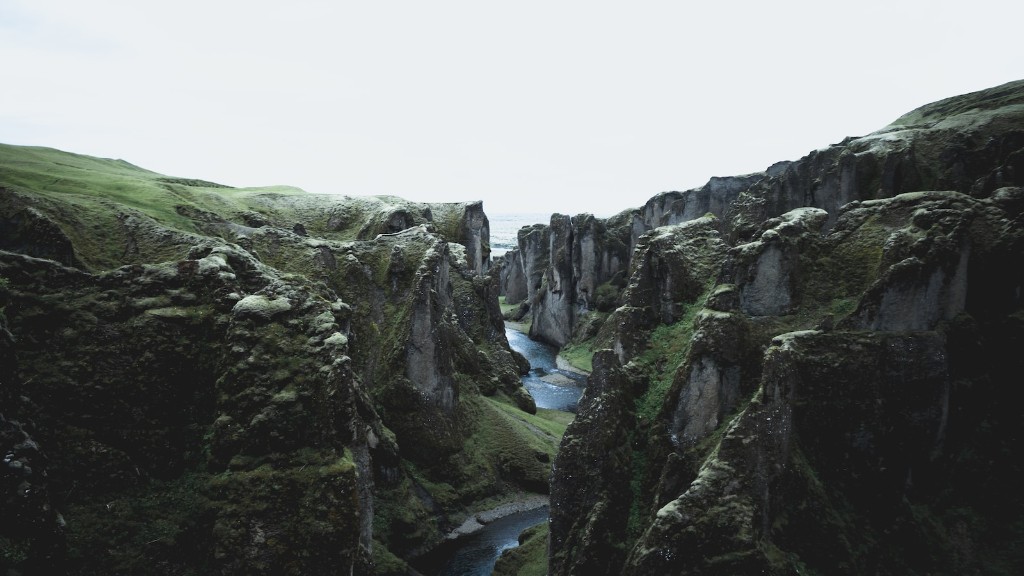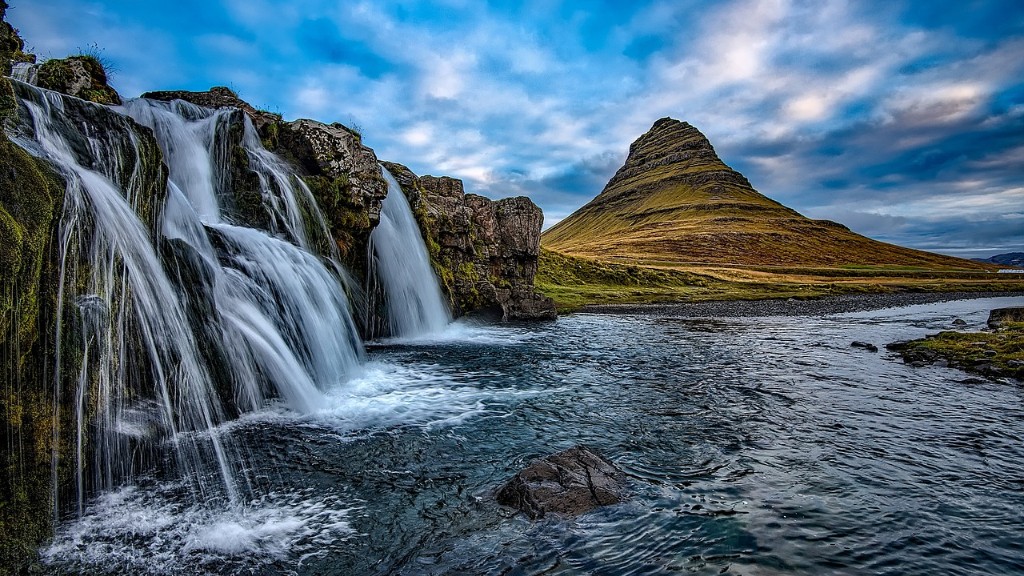Iceland Temperature Reykjavik
When thinking about Iceland, images of icy landscapes and freezing temperatures often come to mind. However, the reality is more complex and fascinating. Reykjavik, the capital of Iceland, experiences a unique climate influenced by its geographical location and oceanic currents.
Background Information:
Reykjavik is situated on the southwestern coast of Iceland, close to the Arctic Circle. Despite its high latitude, the city enjoys a relatively mild climate compared to other locations at similar latitudes. This is due to the warming effects of the North Atlantic Current, an extension of the Gulf Stream, which flows along the Iceland’s southern and western coasts.
Data and Temperature Trends:
Reykjavik experiences a subpolar oceanic climate, characterized by cool summers and mild winters. The average high temperature during the summer months (June to August) ranges between 13°C to 15°C (55°F to 59°F), while winter months (December to February) see average highs around 1°C to 3°C (34°F to 37°F).
The coldest month in Reykjavik is typically January, with an average low temperature of -1°C (30°F). Despite these relatively mild temperatures, it is still essential to dress warmly, as wind chill can significantly affect the perceived temperature.
Perspectives from Experts:
According to meteorologist Dr. Anna Sigurdardottir, the oceanic currents play a vital role in moderating Reykjavik’s climate. She explains that the North Atlantic Current transports warm waters from the Caribbean towards Iceland, which contributes to the milder temperatures.
Dr. Sigurdardottir also emphasizes the significance of the Arctic Oscillation in influencing Reykjavik’s weather patterns. This natural climate phenomenon can cause fluctuations in atmospheric pressure around the Arctic region, impacting weather systems in Iceland and potentially leading to colder or milder winters.
Insights and Analysis:
While Reykjavik experiences relatively mild temperatures for its high latitude, it is important to note that weather conditions can still be unpredictable. Visitors should come prepared for sudden changes and varying weather patterns throughout the day, as well as potential storms during the winter months.
Due to the city’s proximity to the Arctic Circle, Reykjavik also experiences dramatic differences in daylight hours throughout the year. In midsummer, the city enjoys nearly 24 hours of daylight, while in midwinter, the days are significantly shorter, with only a few hours of daylight.
Geographical Features of Iceland
Iceland is a country rich in natural wonders, characterized by its diverse landscapes shaped by volcanic activity, glaciers, and geothermal energy. Here are some highlights:
1. Volcanoes: Iceland is home to numerous active volcanoes, such as Eyjafjallajökull and Katla. These volcanoes have shaped the island’s geography and occasionally produce volcanic eruptions that attract international attention.
2. Glaciers: About 11% of Iceland’s surface is covered by glaciers, including Vatnajökull, the largest ice cap in Europe. Glacier hiking and ice cave explorations are popular activities for tourists.
3. Geothermal Energy: Iceland harnesses its abundant geothermal energy to produce electricity and provide hot water to its citizens. The Blue Lagoon, a geothermal spa, is a popular tourist attraction.
4. Stunning Waterfalls: Iceland boasts impressive waterfalls, such as Gullfoss and Seljalandsfoss. These powerful cascades showcase the country’s raw natural beauty.
Outdoor Activities in Reykjavik
Reykjavik offers a range of outdoor activities for adventure enthusiasts:
1. Whale Watching: Take a boat tour from the Reykjavik harbor and witness magnificent whales in their natural habitat. Humpback whales and minke whales are commonly spotted.
2. Golden Circle Tour: Explore the famous Golden Circle, which includes stunning sites like Þingvellir National Park, Geysir geothermal area, and Gullfoss waterfall.
3. Northern Lights: Witness the awe-inspiring Northern Lights during the winter months. Head out of the city to escape light pollution for the best viewing experience.
4. Hot Springs: Discover geothermal hot springs such as Reykjadalur, where you can hike and soak in natural hot pools surrounded by breathtaking landscapes.
Cultural Highlights in Reykjavik
Reykjavik is not only known for its natural beauty but also offers a vibrant cultural scene:
1. Icelandic Sagas: Immerse yourself in Iceland’s rich history by visiting the National Museum of Iceland, which showcases artifacts and exhibitions dedicated to the country’s sagas.
2. Hallgrimskirkja Church: Admire the iconic Hallgrimskirkja Church, Reykjavik’s tallest building, and enjoy panoramic views of the city from its observation deck.
3. Harpa Concert Hall: Experience world-class performances at the striking Harpa Concert Hall, renowned for its unique architecture and acoustic excellence.
4. Icelandic Cuisine: Indulge in traditional Icelandic dishes such as Icelandic lamb, fresh seafood, and Skyr, a delicious local yogurt.
Conclusion
Reykjavik’s temperature range, influenced by oceanic currents and complex weather systems, highlights the uniqueness of Iceland’s capital. Beyond its climate, Iceland offers a wealth of natural wonders, outdoor adventures, and cultural experiences that continue to captivate visitors from around the world.





